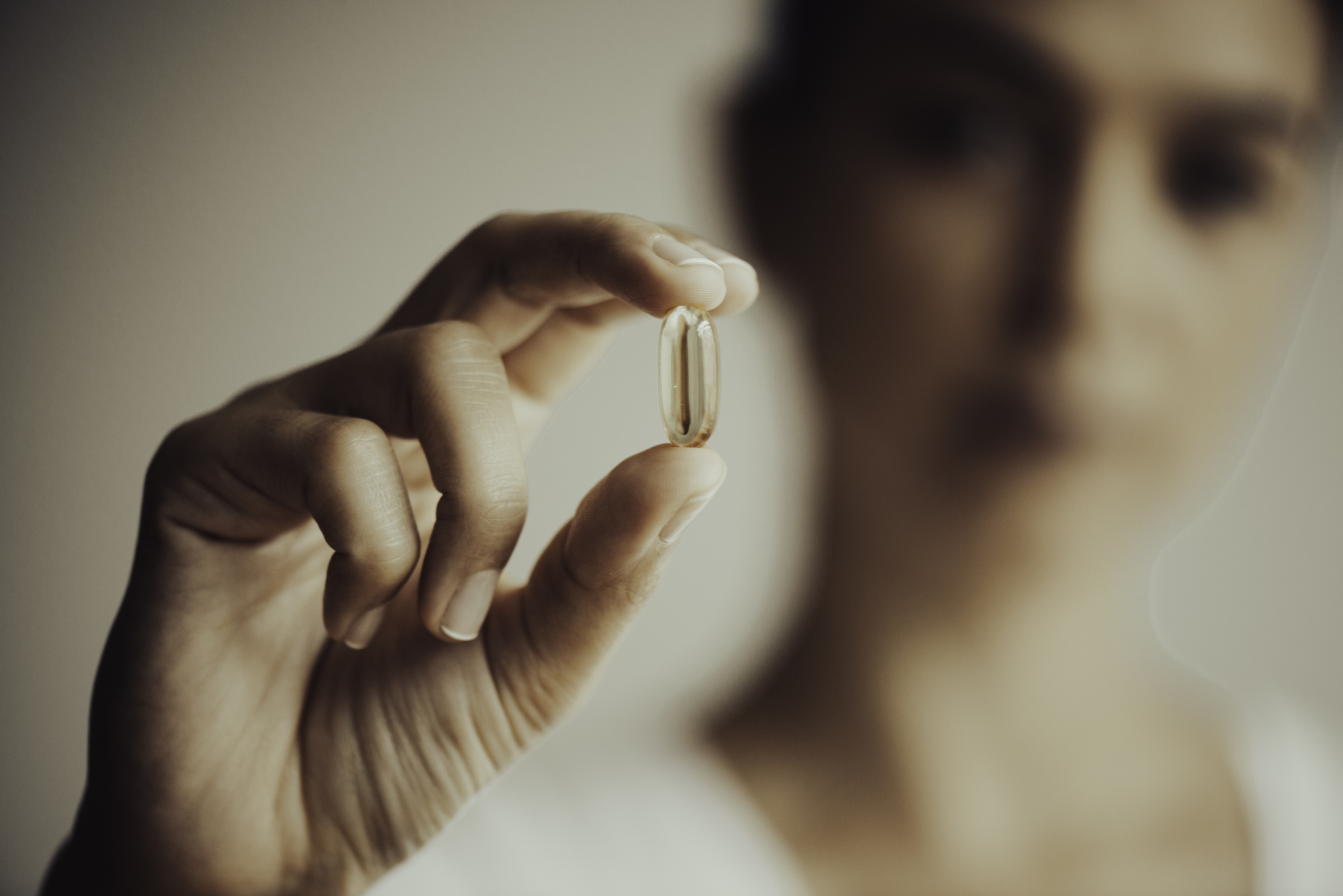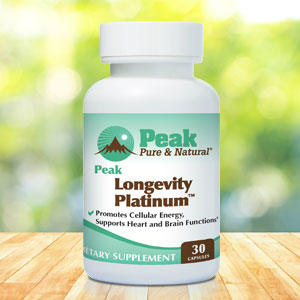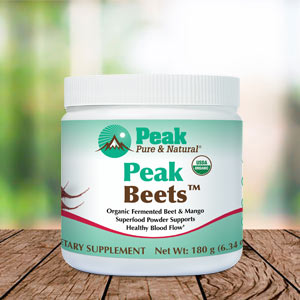Get Easy Health Digest™ in your inbox and don’t miss a thing when you subscribe today. Plus, get the free bonus report, Mother Nature’s Tips, Tricks and Remedies for Cholesterol, Blood Pressure & Blood Sugar as my way of saying welcome to the community!
Medical panel finally admits we need more vitamin D

Despite decades of mounting evidence that we need more vitamin D, the medical community has held fast to the meager recommended daily allowance (RDA) set by the Institute of Medicine (IOM).
And many people don’t know this secret: Due to a serious calculation error, the current RDA is 10 times lower than what was intended.
Is it any wonder then that nearly a quarter of all Americans are vitamin D deficient — and even more struggling with insufficiency — that is, living with lower than optimal levels, believed to contribute to various illnesses?
But a glimmer of hope suggests change on the horizon…
The National Endocrine Society has issued new Clinical Practice Guidelines that may help doctors feel better about suggesting higher dosages of vitamin D — at least for some people…
What the research says about vitamin D
Vitamin D, also known as the sunshine vitamin the body makes it in response to sun exposure, has been shown in study after study to be one of the most important nutrients for nurturing health.
In fact, research has shown that vitamin D levels are linked to:
- Viral protection – International researchers found that vitamin D helps regulate the immune system and may cut the risk of respiratory infection by nearly half.
- Healthier bones and joints and less back pain – A 2013 study of over 9000 women found that women deficient in vitamin D experienced more severe back pain, more fractures, and greater limitations than women with adequate vitamin D levels.
- Heart health – Australian research discovered that people with vitamin D deficiency are more likely to suffer from heart disease and have higher blood pressure than those with normal levels.
- Healthy energy – In 174 adult patients, 77.2 percent who complained of fatigue had low vitamin D levels. After 5 weeks of supplementation, their symptoms improved significantly.
- Better blood sugar – Vitamin D plays important roles in insulin secretion and glucose metabolism. A 3-year study found supplementing vitamin D was associated with a 15 percent decreased likelihood for developing type 2 diabetes in at-risk adults.
- Memory protection – A study from the University of Calgary’s Hotchkiss Brain Institute of 12,388 people found that vitamin D is associated with more dementia-free years of life. The results also showed that people who took vitamin D supplements had 40 percent fewer dementia diagnoses than those who did not take the supplements.
- Longer life – Low levels of vitamin D have been tied to premature death.
Amazingly enough, that long list may just be the tip of the iceberg of what adequate levels of vitamin D can do…
Loosening the reins — but a long way to go yet
Geography aside (not everyone resides in a sunlight-filled climate), several things can undermine your body’s natural production of vitamin D, including air pollution, the color of your skin, your weight, your age (older skin doesn’t make it efficiently) and the health of your gut, kidneys and liver.
Taking this into account, it seems any adult could use extra vitamin D, but even the Endocrine Society’s new guidelines are leaving a lot of us out…
If you’re a healthy adult under 75, they suggest you stick to the RDA of only 600 to 800 IU. Worse, even if you have some indication, like a health need for vitamin D supplementation or treatment, but you’re under 50, they only suggest a daily low dose.
Why? There are very few circumstances where the medical establishment recognizes the prevention potential of vitamin D. That’s why the new guidelines only allow “higher than the current RDA” dosages for:
- People aged 75 and up, because they accept that vitamin D is associated with lower mortality risk (speaking for myself — I may only be in my fifties but not dying is something I want to benefit from too!).
- People with prediabetes, because vitamin D reduces progression to diabetes. (The CDC suggests that 80 percent of people with prediabetes don’t know they have it. So why limit the potential to help only those who’ve been diagnosed?)
- Pregnant people, due to the potential to reduce risk of pre-eclampsia, intra-uterine mortality, preterm birth, small-for-gestational-age birth and neonatal mortality.
- Children and adolescents 18 and younger, due to the potential to prevent nutritional rickets and to reduce respiratory infections.
Oddly enough, the Endocrine Society didn’t state a specific amount for these groups — only suggesting dosing higher than the current RDA.
But as vague as that is, it says loads if you read between the lines. Some might say it’s an admittance that toxicity is rare and shouldn’t scare anyone off from experiencing all that vitamin D has to offer.
Further proof of that is the new guidelines do not recommend routine testing of vitamin D levels in any of the groups they’re suggesting higher doses to. That leaves a lot of wriggle room…
They kept the daily upper tolerable limit (UL) for vitamin D at 4000 IU. A UL is set for any vitamin and is the highest level of a daily intake that is likely to pose no risk of adverse health effects in almost all individuals.
But if you purchase a vitamin D supplement at the drugstore or order a high-quality one online, it’s commonplace to see a suggested therapeutic dose set at 5000 IU. That’s the same amount doctors use to raise and maintain deficiencies. To come anywhere close to vitamin D toxicity, the Mayo Clinic indicates a person would need to consume more than 10 times that amount daily for months on end.
Fortunately, we still live in a free country and safe, commonsense vitamin supplementation is your choice.
Editor’s note: Are you feeling unusually tired? You may think this is normal aging, but the problem could be your master hormone. When it’s not working, your risk of age-related diseases skyrockets. To reset what many call “the trigger for all disease” and live better, longer, click here to discover The Insulin Factor: How to Repair Your Body’s Master Controller and Conquer Chronic Disease!
Sources:
Healthy adults under age of 75 urged to take recommended daily allowance of vitamin D — ScienceDaily
How much vitamin D do you need? — Harvard Health Publishing
Vitamin D deficiency soars in the U.S., study says — Scientific American
Nearly 1 in 4 Americans is deficient in Vitamin D. How do you know if you’re one of them? — USA Today
Conclusive: Vitamin D’s viral ‘protective effect’ — Easy Health Options
More research says vitamin D deficiency can cut life short — Easy Health Options
The vitamin your spine needs the most to battle disc degeneration — Easy Health Options
The vitamin deficiency that doubles risk for heart trouble — Easy Health Options
Vitamin D’s ties to autoimmune and age-related fatigue — Easy Health Options
The vitamin that could turn prediabetes around — Easy Health Options
The ties between vitamin D and dementia thicken — Easy Health Options














